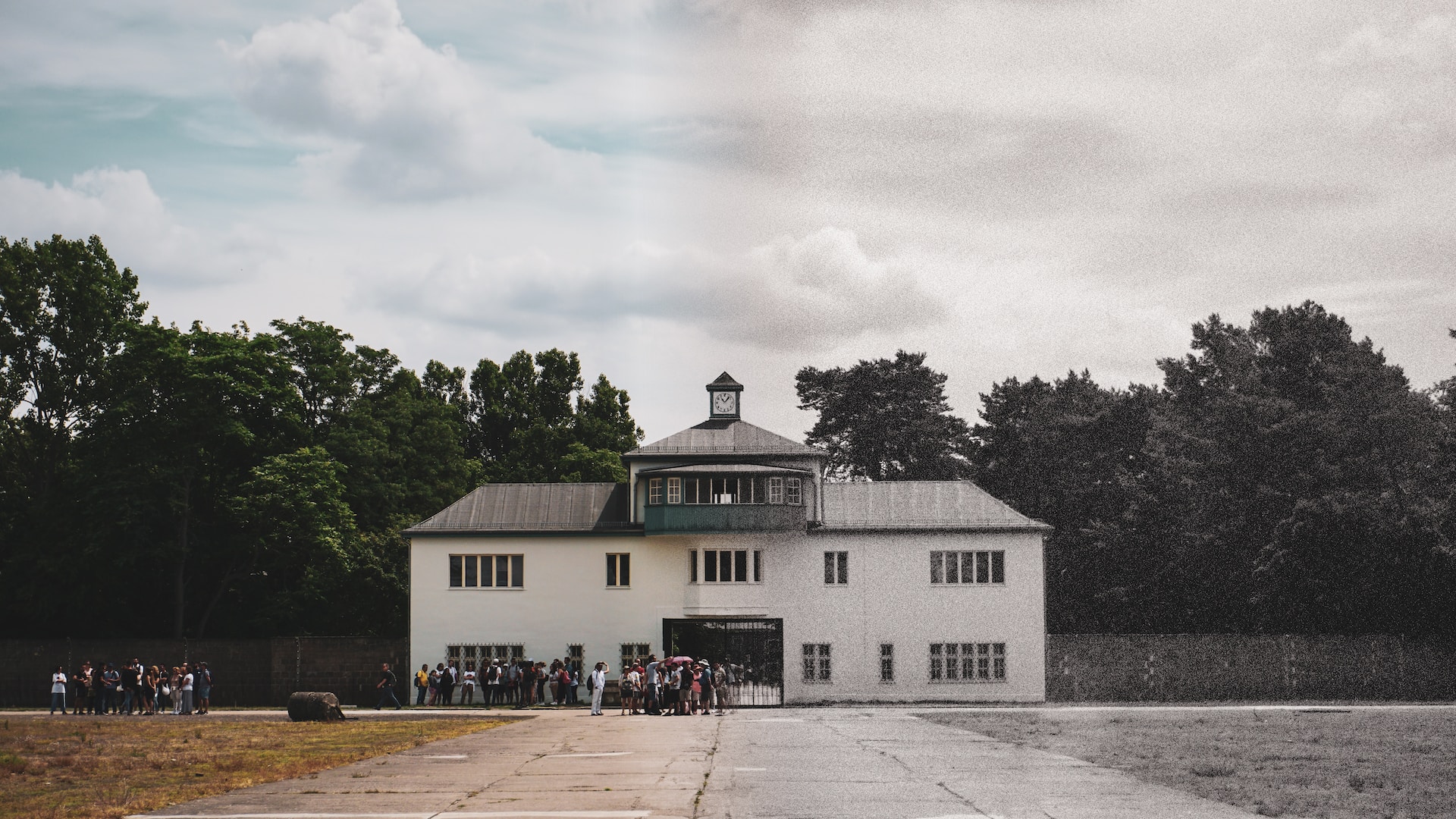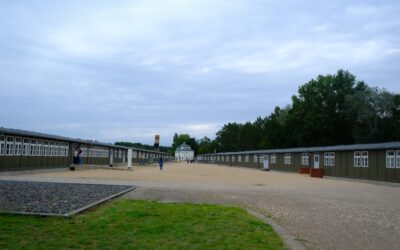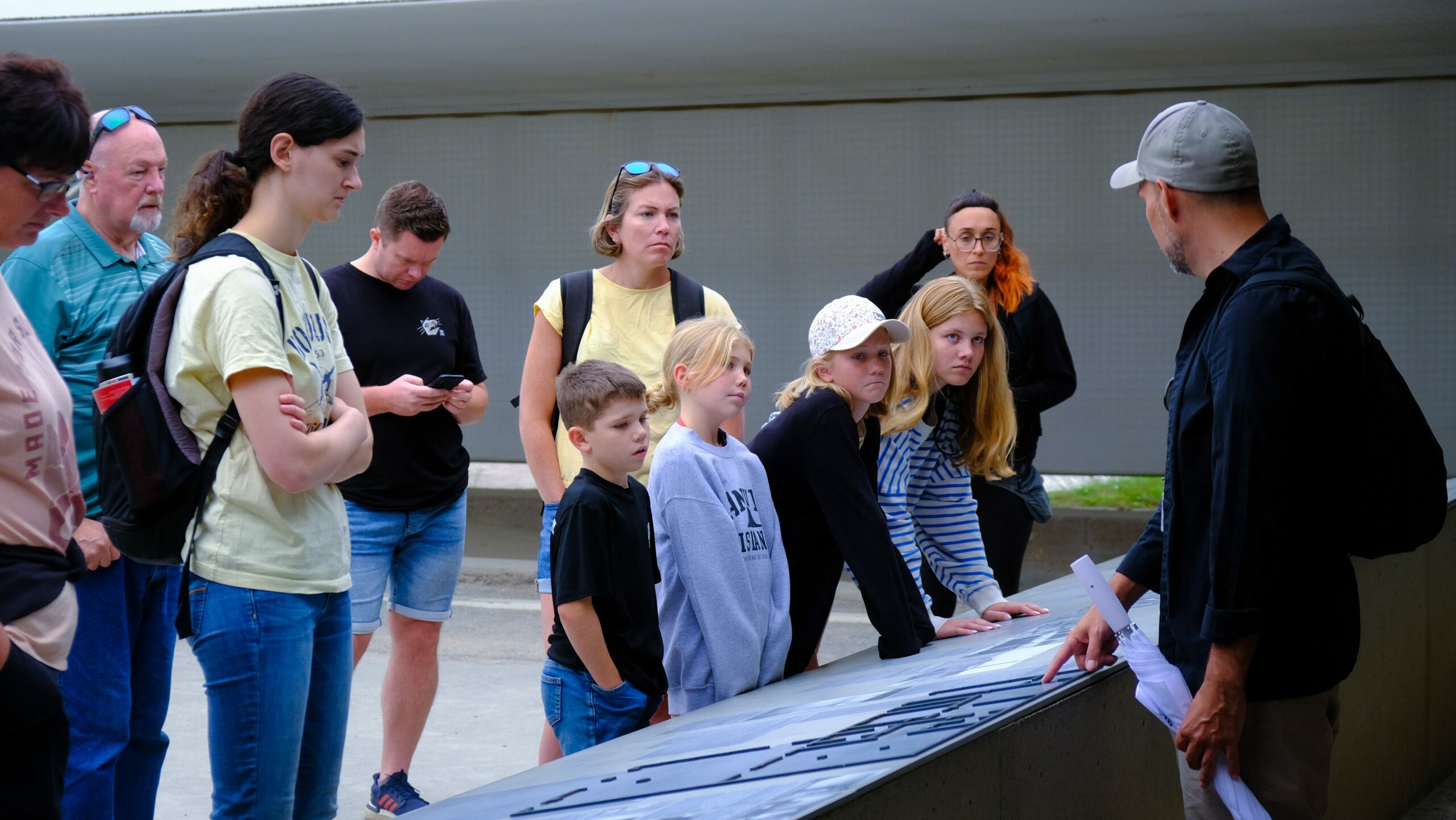As you dive into the history of Berlin, you might come across references to Konzentrationslager Sachsenhausen, one of the first concentration camps established by the Nazi regime. In this blog post, we will explore the significance of Konzentrationslager Sachsenhausen and its impact on history. Let’s delve into the subject matter in more depth.
The Origins and Purpose of Konzentrationslager Sachsenhausen
Opened in July 1936, the Oranienburg concentration camp better known as Konzentrationslager Sachsenhausen was an example of the other concentration camps that were established later. Located near Berlin it has been an important place during Hitler’s time mainly due to the fact that it was used to imprison political opponents, Jews, homosexuals and all other “unwanted” people, according to the Nazi regime.
Contrary to other concentration camps, the primary goal of Sachsenhausen was not especially focused on imprisonment of detainee but rather in their forced work. The prisoners were treated really badly; they were forced to work, starve, and become tortured subjects of medical experiments.
Life Inside the Camp
A state in the camp was very poor with attributes such as congestion, diseases and ill-treatment from the SS guards. Some prisoners slept in wooden box like structures known as barracks, these did not have adequate latrine facilities, space was very limited. Provisions of food issued were very limited forcing the prisoners’ health standard to decline drastically through starvation and sickness.
The camp also had different punishment facilities including the ‘Standing Cell’ where prisoners were detained in conditions that were almost unbearable, and the ‘T House’ where they were both interrogated and tortured.
Resistance and Liberation
Prisoner right organisations pop up at Sachsenhausen and prisoners who rebelled so as to stage protests and defiance. Some of them set clandestine classrooms, passed out prohibited books and materials, and even if they could, tried to overload and bring harm to the camp. The courage and determination that these people have shown are worth a tone of this simple human will.
Sachsenhausen was liberated by the Soviet forces On 22 April in 1945. It then evolved into a Soviet Special Camp, holding ex-Nazi and other persons of interest to the Soviets for war crimes. Today Sachsenhausen is a memorial for the people who suffered at this place and a museum for those who survived.
Touring the Concentration Camp in Sachsenhausen
If you are in Berlin and wish to visit the Sachsenhausen Concentration Camp Memorial, here are a few essential details to keep in mind:
Location: Sachsenhausen is about 35 kilometers north of Berlin and can be got to using various means of transport.
Opening Hours: It could be noted that since the memorial opens around the clock, it is closed only on selected holidays. However, it is recommended to refer to the certain hours to avoid getting confused with the visiting time.
Guided Tours: Free guided tours are also possible so that the tourists can see everything connected to the camp and hear its history. These are accompanied by tour guides with a lot of information on the site and its importance.
Museum Exhibitions: The memorial aspect of the site consists of several exhibitions, which have on display objects, photographs and documents, that give an indication of the conditions that the prisoners had to endure. Exposiciones : These are exhibitions and provide a powerfully educative show.
Remembrance: Essentially, tourists must bear in mind that Sachsenhausen is a memorial site and a location for visitors to gather, ponder, meditate and contemplate. It means you need to be polite and careful when you are actually visiting.
Remembering the Past
It is always depressing to travel to an area with such a sad history. Understand the meaning behind having the extra day off to assess, ponder, and remembrance of the lives that were lost and those who survived through the worst nightmares. Echoes of the past do not let the world forget about these acts and warn everyone to respect the spirit of non-slavery, interethnic and interfaith discord.
Therefore, it can be said that the identification of the role of Konzentrationslager Sachsenhausen is important for learning the specifics of the.goto page 6 of 15 horror that took place during the period of National Socialist rule. Through visiting Sachsenhausen and paying attention to its story we pay tribute to the victims and never allow such a tragedy to happen in the future.
You have to visit this place and just learn about some history that took place here one day. It bears to reemphasise that the principle of ensuring only a brighter world gets illuminated must never be compromised for anything less; and as we do that let it also be a world of more tolerance.




